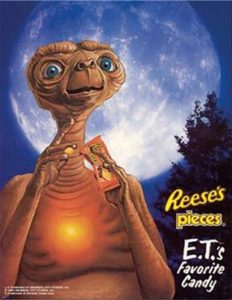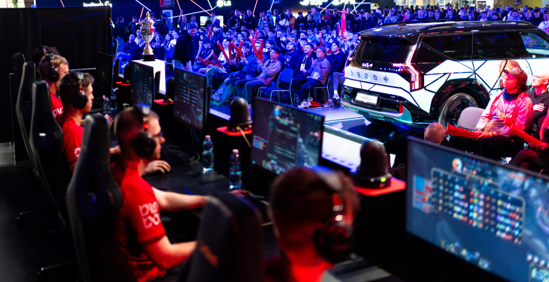The Evolution of Modern Product Placement in Marketing
In the dynamic world of marketing, product placement has transcended traditional methods to become an integral part of brand strategy. By embedding products naturally within content or making them the “center of attention,” companies can create more authentic connections with their audiences. Both approaches can be highly effective when thoughtfully executed.
Historical Background of Product Placement
Product placement has been a part of marketing strategies for decades. One of the earliest instances can be traced back to the silent film era when products subtly appeared in the background of scenes. In the 1982 classic E.T. the Extra-Terrestrial, Reese’s Pieces gained immense popularity after being featured as the alien’s favorite candy. This strategic move significantly boosted sales and set a precedent for future product placements.
In the 1990s, product placement became more sophisticated, with brands like Pepsi and McDonald’s becoming integral to movie storylines. For instance, Wayne’s World famously included a humorous, self-aware scene that explicitly showcased brands like Pizza Hut and Pepsi, turning product placement into a comedic device.

Modern Examples of Product Placement
Coca-Cola in Stranger Things
A prime example of global product placement success is Coca-Cola’s appearance in the hit Netflix series Stranger Things. The show, set in the 1980s, cleverly incorporated the iconic New Coke product, which was originally launched in 1985. By leveraging the show’s nostalgic setting, Coca-Cola not only reintroduced New Coke to the market but also sparked conversations and social media buzz. This strategic move allowed the brand to connect with both older audiences who remember the original product and younger viewers drawn to the retro aesthetic. Here, the product took center stage, becoming a part of the storyline.

Kia EV9 in Esports
As a team, we had the privilege of collaborating with Kia Polska to tackle the challenge of integrating a non-endemic brand into the esports environment. Through a meticulously planned product placement strategy, the League of Legends-themed Kia EV9 became a natural part of the Ultraliga’s Supercup Esports stage, enhancing the overall atmosphere and showing Kia’s contribution to Polish Esports. Additionally, in the project Droga do Esportu (The Road to Esports), we invited prominent League of Legends personalities and influencers to ride in the custom Kia EV9. These exclusive on-the-road interviews allowed them to share their insights and further solidified Kia Polska’s bond with the esports community. Our thoughtful approach ensured an authentic connection with a highly engaged audience.
Building on this success, we extended our efforts to the finals of LEC 2024 by sending a film crew along with renowned League of Legends influencer, Silvan, in a Kia EV9. The team embarked on an over 2000 km round trip, creating compelling content and demonstrating that long-distance travel in an electric vehicle is not only possible but also enjoyable. This initiative reinforced the EV9’s capabilities while resonating with both gaming and sustainability-conscious communities.

Modern Advancements Compared to Traditional Practices
While early product placements relied mainly on subtle background appearances and occasional humorous references, modern strategies focus on seamless integration and immersive experiences. The success of Coca-Cola in Stranger Things demonstrates how historical context and storytelling can enhance brand visibility.
The Kia EV9 campaign exemplifies how brands can leverage influencer partnerships and community engagement to establish a deeper connection with niche audiences. Unlike traditional placements that aimed for broad visibility, this modern approach prioritizes authenticity and audience involvement, making the brand feel like an organic part of the esports culture.
Conclusion
Modern product placement is more than just a fleeting appearance; it is about creating meaningful connections and enhancing the audience’s experience. Whether through making the product the “center of attention” or seamlessly embedding it into content, both approaches can be highly effective when executed with strategic intent. By analyzing successful cases from global entertainment and gaming sectors and comparing them with historical practices, we can draw valuable insights for crafting our own impactful strategy.
Sources:
https://www.coca-colacompany.com/media-center/coke-history-1985-new-coke-and-stranger-things
https://www.adweek.com/brand-marketing/reeses-pieces-big-break-alien-wanted-home/